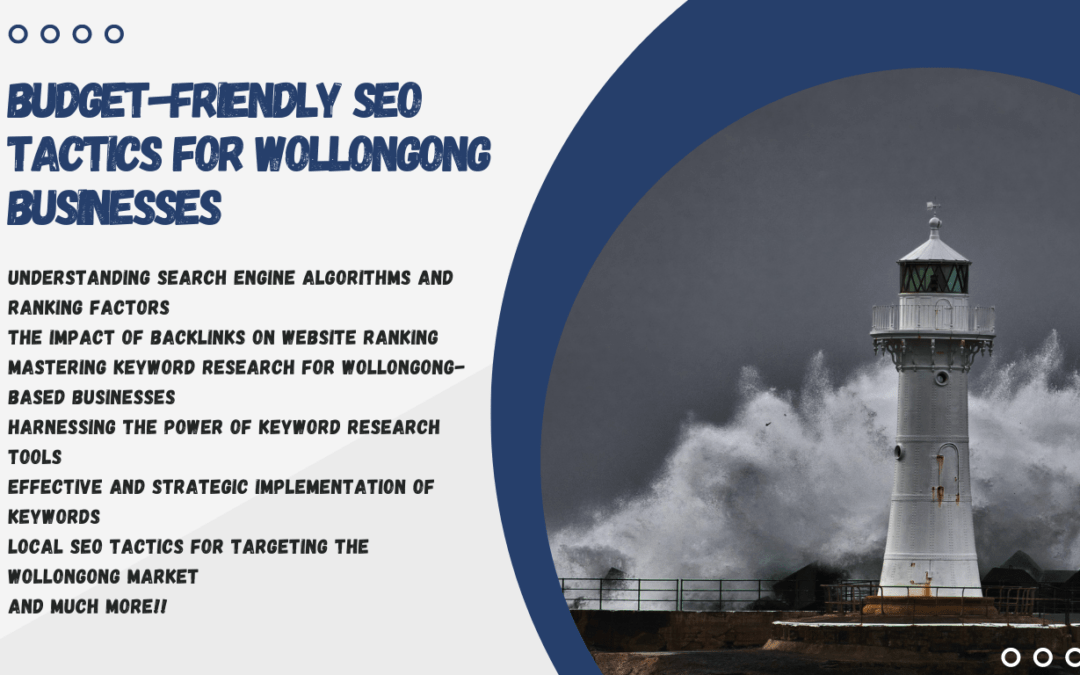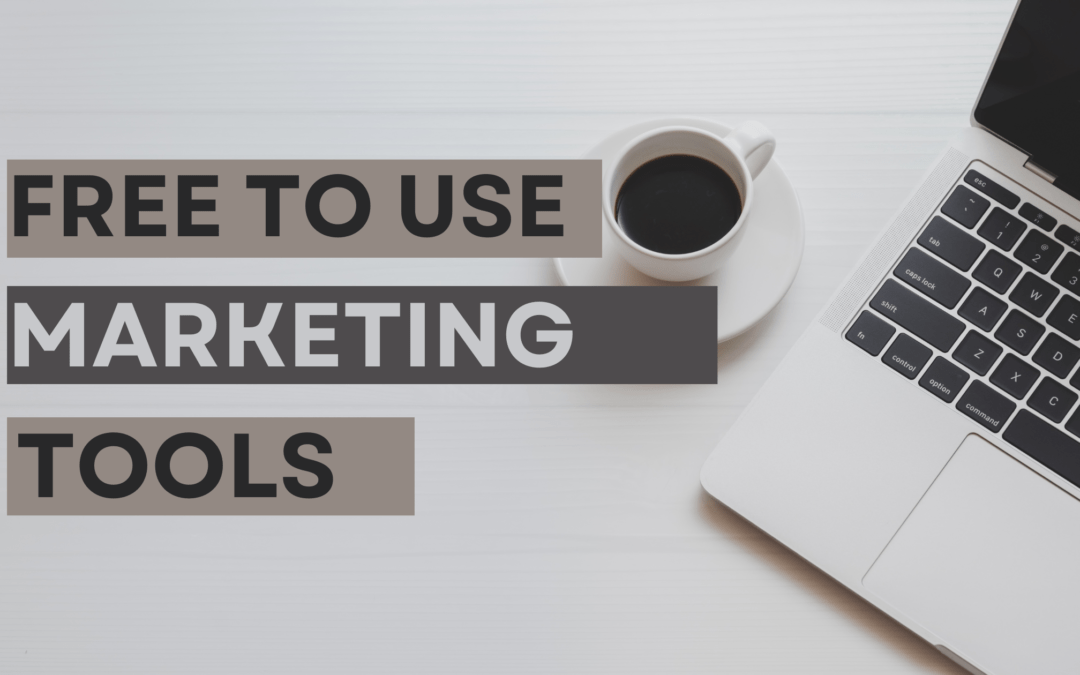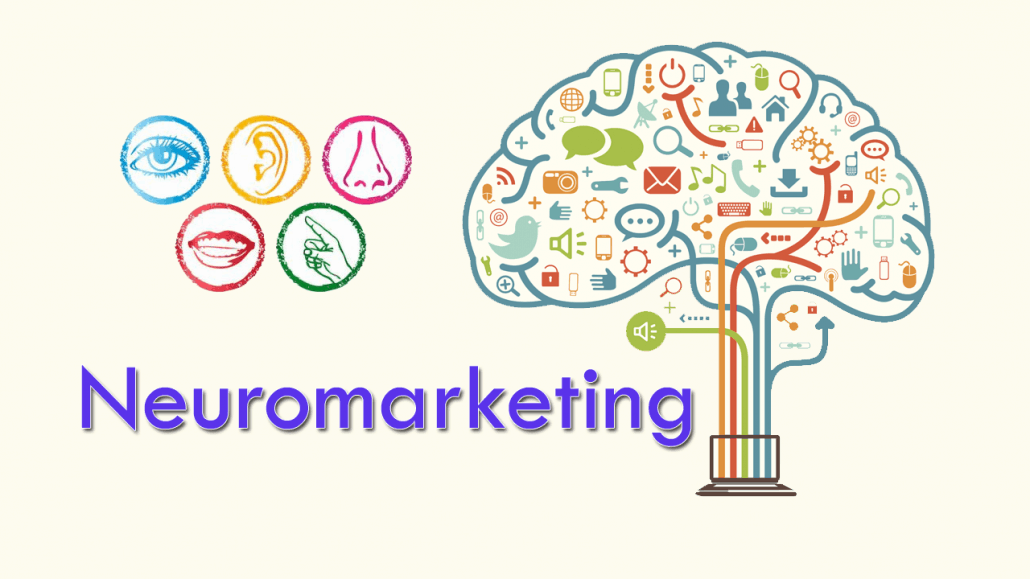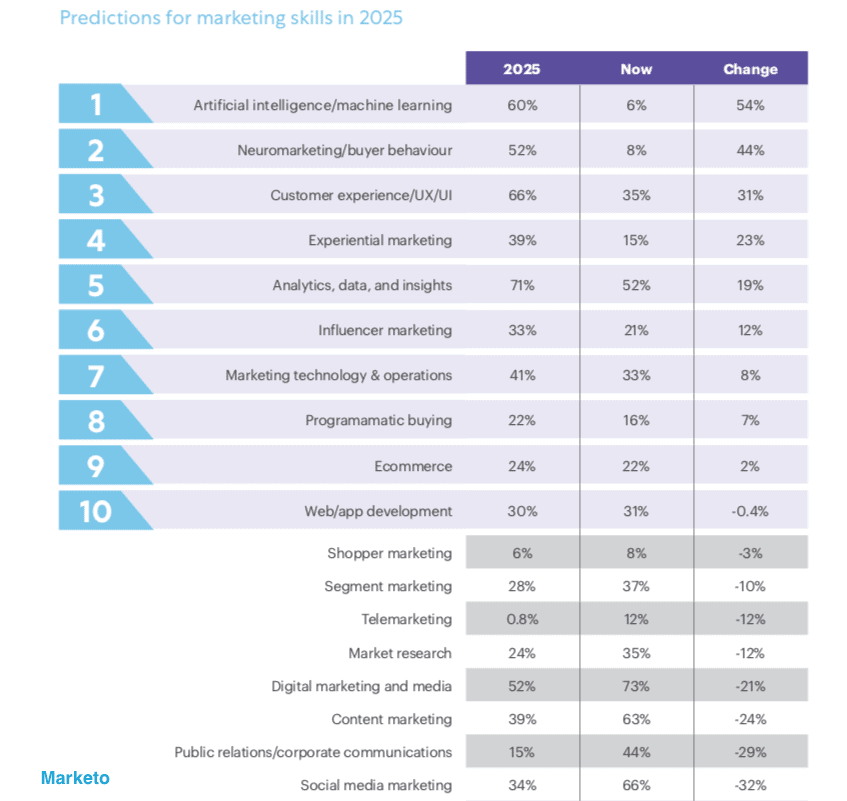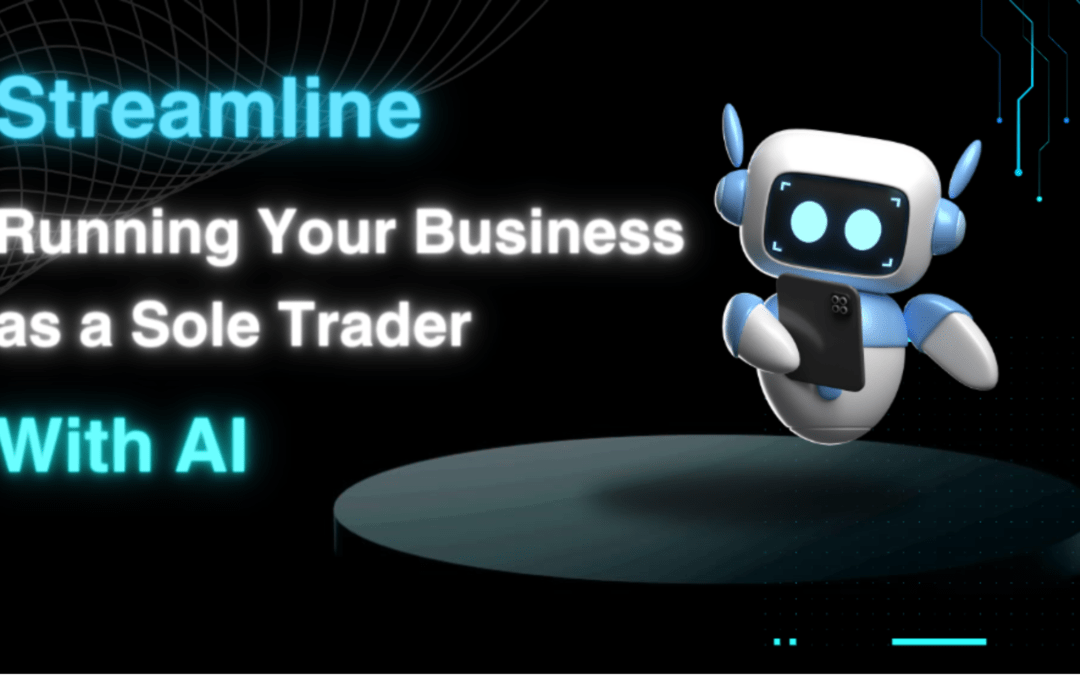
Streamline Sole Trader Operations & Marketing with AI
How AI Simplifies Running and Marketing a Sole Trader Business
As a sole trader, managing every aspect of your business may often seem overwhelming, but advancements in artificial intelligence (AI) can revolutionise the way you run and market your enterprise. From handling mundane tasks to offering creative marketing solutions, AI continues to break barriers in helping small businesses thrive.
In this blog post, we will explore some of the remarkable ways AI simplifies the running and marketing of your sole trader business.
Automating Essential Tasks: A Lifesaver for Sole Traders and Solo Entrepreneurs
As a solo entrepreneur/solo trader, your time is seriously finite. By delegating tedious, manual tasks to AI, you can focus more on strategic thinking and business growth. Ensuring the smooth running of operations with AI can significantly enhance your efficiency, leading to higher productivity and eventually, success.
AI in Bookkeeping and Invoicing
One area where AI can prove extremely beneficial for sole traders is bookkeeping and invoicing. Accounting is a crucial, yet time-consuming aspect of running any business. It involves tracking all expenses, creating invoices, and ensuring taxes are filed correctly. Yet, these manual tasks can be mundane and stressful, especially when you have larger business objectives at hand.
Enter cloud-based accounting software with AI capabilities. They automatically track all expenses, thus giving you a clear picture of your financial health without spending countless hours trying to decipher traditional accounting tools. For example, applications like QuickBooks or Wave utilise machine learning to automate manual tasks, like categorising expenses.
These AI-powered software can generate and send invoices on your behalf and follow up for payments, taking the burden off your shoulders. The most popular are:
Quickbooks: An automated solution providing comprehensive accounting services.
Wave: Offers seamless financial services specifically for small businesses.
Xero: User-friendly AI-based software for easy business accounting and invoicing.
AI-enabled Scheduling and Appointment Setting
Balancing a multitude of tasks is a common challenge for solo entrepreneurs. You don’t want to miss a potential client consultation but managing scheduling can be confusing and time-consuming with a constant influx of emails or calls.
Fortunately, AI-driven scheduling tools like Calendly or Clara simplify this process. These tools offer your clients the option to book appointments based on your real-time availability, eliminating back-and-forth communication.
More importantly, they integrate seamlessly with digital calendars, sending reminders to prevent no-shows or double booking: Some popular platforms are:
Calendly: Helps schedule meetings without the back-and-forth emails.
Clara: A virtual employee managing all your scheduling needs.
Acuity Scheduling: Real-time availability for smooth scheduling of client appointments.
Leveraging AI for Customer Support
Consistent and efficient customer service is paramount for any business. Sole traders often struggle with providing timely response due to limited resources. That’s where AI-powered chatbots come in.
Chatbots can handle high volumes of customer inquiries per minute, offering prompt and precise responses. Applications like LiveChat or Intercom use AI to answer frequently asked questions, troubleshoot problems, and even make sales—all around the clock. Additionally, they capture customer feedback, which can be analysed later for service improvements. They can include:
LiveChat: Provides AI-fueled customer support, capturing leads even in your off hours.
Intercom: Offers a customised conversational experience for your customers.
Zoho Desk: Uses AI to prioritise and automate customer responses.
In conclusion, AI’s role in automating essential tasks cannot be underrated. It not only relieves sole traders from administrative burden, but also ensures these tasks are done more accurately and efficiently, leaving them at liberty to devote more time to strategic decision-making and business expansion.
Simplifying Data Analysis with AI: Accelerating Success for Sole Traders
Data is the lifeline of any business in today’s world. It holds clues to understanding customer behavior, predicting market trends, and making strategic business decisions. However, interpreting this data can be complex and time-consuming. Artificial intelligence (AI) assists in simplifying data analysis by recognising patterns, making predictions, and offering automated, insightful reports.
AI in Predictive Analysis
Predictive analysis involves using data, statistical algorithms and AI techniques to identify future outcomes based on historical data. With AI, you can foresee market trends, anticipate customer behavior, and make informed decisions. These valuable insights lay the groundwork for personalised offers and targeted promotions, boosting both customer satisfaction and profitability.
Some popular AI tools for predictive analysis include:
Alteryx (Website): Alteryx allows you to seamlessly connect to and clean data from cloud apps, spreadsheets, and other sources. It can recognise patterns and predict future results.
Amazon Forecast (Website): Amazon Forecast utilises machine learning to make more accurate demand forecasts.
RapidMiner (Website): RapidMiner uses machine learning and algorithms to recognise patterns and trends, helping you make data-driven decisions.
AI for Market Research
Market research lays the foundation for understanding your industry trends, competitors, and shifting customer preferences. AI-powered market research tools scan and assess data from myriad sources, offering updated insights that shape your business strategies.
Here, are some well-known AI platforms for market research:
AI Studio by Crayon (Website): AI Studio is an advanced market intelligence platform that uses machine learning to track, analyse, and act on everything happening outside your four walls.
NetBase Quid (Website): NetBase Quid offers comprehensive market research with data-driven insights and real-time analytics.
LexisNexis (Website): LexisNexis offers advanced market and competitor analysis tools, making research more accurate and efficient.
In essence, the beauty of AI lies in its capacity to streamline data analysis, offering valuable insights for sole traders and solo entrepreneurs to stay ahead of the curve. Utilising these resources allows you to make informed decisions, catalysing your business growth and success.
Streamlining Marketing Strategies with AI: A Catalyst for Success in Solo Entrepreneurship
Excellent marketing strategies are vital for the growth and success of your business. However, as a solo entrepreneur, developing effective marketing plans and executing them can be a cumbersome process. This is where Artificial Intelligence can make a difference. AI simplifies marketing, enabling targeted content creation, personalised email marketing, and efficient social media management.
AI in Content Creation
Generating engaging content that resonates with your audience is crucial. AI-powered content creation tools can draft blog posts, articles, and social media updates, saving time and effort, while maximizing audience engagement. Some top examples include:
- Articoolo (Website): Provides unique textual content in just a few seconds.
- Phrasetips (Website): AI tool used by companies for campaign-specific marketing language.
- Quill (Website): An AI writing tool that attempts to make your content more engaging and refined.
AI for Email Marketing
AI assists in segmenting your email list based on user engagement and preferences. This allows for more personalised communication and tailored recommendations, contributing to higher click-through rates. Here are a few popular AI tools for email marketing:
- Mailchimp (Website): Uses AI to curate and automate email marketing campaigns, also provides advanced analytics for campaign optimisation.
- Constant Contact (Website): Offers AI-based solutions for designing professional emails, tracking performance.
- ActiveCampaign (Website): Combines all aspects of email marketing with AI to create a streamlined, automated process.
AI in Social Media Marketing
Artificial intelligence can effectively manage your social media presence. This includes identifying optimal times to post content, scheduling updates and tracking key engagement metrics. Some leading examples of AI tools for social media marketing include:
- Hootsuite (Website): Social media management platform that automates post scheduling and analysis.
- Buffer (Website): Makes it easier to schedule posts, track performance and manage all your social media accounts in one place.
- Zoho Social (Website): AI-enabled tool to optimise social media presence.
By adopting AI in your marketing strategies, you can not only save time and resources, but also conduct highly efficient and targeted marketing, leading to better customer engagement and business growth.
Enhancing Customer Engagement with AI: A Boost for Sole Traders
For sole traders, establishing a strong brand presence and building customer loyalty are paramount. Artificial Intelligence (AI) can significantly enhance customer engagement, helping you navigate the customer experience landscape. Here’s how AI can assist:
AI for Product Recommendations
AI algorithms analyse customers’ preferences and browsing history to suggest relevant products. It’s a fantastic means to improve customer engagement and increase the likelihood of successful sales.
- Klaviyo (Website): Klaviyo uses AI to drive profits through automated and personalised product recommendations.
- Dynamic Yield (Website): Dynamic Yield provides real-time personalisation, recommending products based on individual customer behaviour.
- Optimizely (Website): Optimizely uses AI for experimentation and personalisation across websites and apps.
AI in Sentiment Analysis
Negative feedback can significantly impact your business. AI-backed sentiment analysis tools can help identify negative comments and reviews, allowing you to respond promptly and make changes to your customer service strategies.
- Brandwatch (Website): Brandwatch is a robust sentiment analysis tool, capable of parsing social media and other online sources to find mentions of your brand and evaluate their sentiment.
- MonkeyLearn (Website): MonkeyLearn uses AI to provide detailed sentiment analysis, giving insights into how your customers feel about your brand.
- Talkwalker (Website): This tool offers real-time sentiment analysis, helping you quickly react to positive or negative sentiment.
AI for Targeted Advertising
AI can streamline your advertising efforts by ensuring your promotions reach the right audience. This targeted approach maximises return on investment and boosts overall business performance.
- Google Ads (Website): Google’s AI algorithms analyse hundreds of attributes to predict the likelihood that a user will complete a desired action.
- Hubspot (Website): Hubspot’s ad tool uses AI to optimise ad campaigns, targeting based on an individual’s unique behaviour.
- Criteo (Website): Criteo uses machine learning to aid in delivering personalised ads to customers, signaling higher user engagement and return on ad spend.
By leveraging AI, sole traders and solo entrepreneurs can significantly enhance their customer engagement, potentially leading to stronger brand presence, increased loyalty, and elevated bottom line.
Optimising Workflow and Decision-making with AI: Key for Sole Traders
Being a sole trader involves the constant challenge of balancing multiple roles simultaneously. You’re in charge of strategies, decision-making, workflow, and more. The good news is – AI can simplify these tasks, making your operations smoother and more efficient.
AI-Driven CRM Tools
Customer relationship management (CRM) is integral to any business. AI-powered CRM systems aid in tracking leads, managing your sales pipeline, and maintaining customer relationships, making your job easier.
- Salesforce Einstein (Website): Salesforce incorporates AI in its CRM platform to provide intelligent and predictive sales analytics, enabling prioritization of efforts.
- HubSpot AI (Website): HubSpot’s technology uses AI to enrich CRM data, providing customer-specific insights that can drive sales.
- Zoho CRM (Website): Zoho CRM employs AI to provide improved customer analytics, deal predictions, and lead scoring.
AI for Project Management
Incorporating AI in your project management tools could significantly enhance your efficiency, helping manage timelines, budgets, and resources more effectively.
- ClickUp (Website): ClickUp integrates machine learning to offer smart task estimates, predicting how long a project or task will take based on historical data.
- Trello (Website): Trello uses AI to automate tasks and offer card recommendations, improving project workflow.
- Asana (Website): Asana deploys AI to streamline project management with features such as predictive search and task automation.
AI for Decision-making
Making strategic decisions as a sole trader can be tricky. With AI, you can predict trends, generate insights, and make informed decisions.
- SpotIQ by ThoughtSpot (Website): SpotIQ leverages AI to provide automated insights for faster decision-making.
- IBM Watson (Website): IBM Watson uses AI to analyse vast amounts of data, helping you make informed business decisions.
- Tableau (Website): Tableau offers AI-powered analytics that help in generating actionable business insights.
Wrapping it up
The world is shifting towards intelligent systems, and your business will reap significant benefits by staying at the forefront. There’s no doubt about it, the future of marketing is entwined with AI.
As you’ve discovered, AI is not just about complex jargon and algorithms – it’s an accessible powerhouse of features that can improve customer engagement, streamline workflows, and facilitate smart decision-making.
AI technologies are not just for large corporations. They can be a game-changer for sole traders and small businesses too. Embrace the power of AI to streamline your daily operations, transform your marketing strategies, and make informed business decisions. This will inevitably lead to boosted productivity and make the journey to success a smoother one.
At YBR Marketing, our mission is to help businesses like yours harness the potential of AI. It’s time for action, put the power of data, analytics and automation in your hands.
Don’t just predict the future, navigate it. Take advantage of AI’s potential for your business and take an active role in shaping your company’s success.
Take the first step on your AI journey now. Reach out to us and let us guide you into the new era of AI-enabled business.
Don’t miss the opportunity to transform your business. The future is intelligent, and YBR Marketing is here to help.
Best regards,
The Team at YBR Marketing

